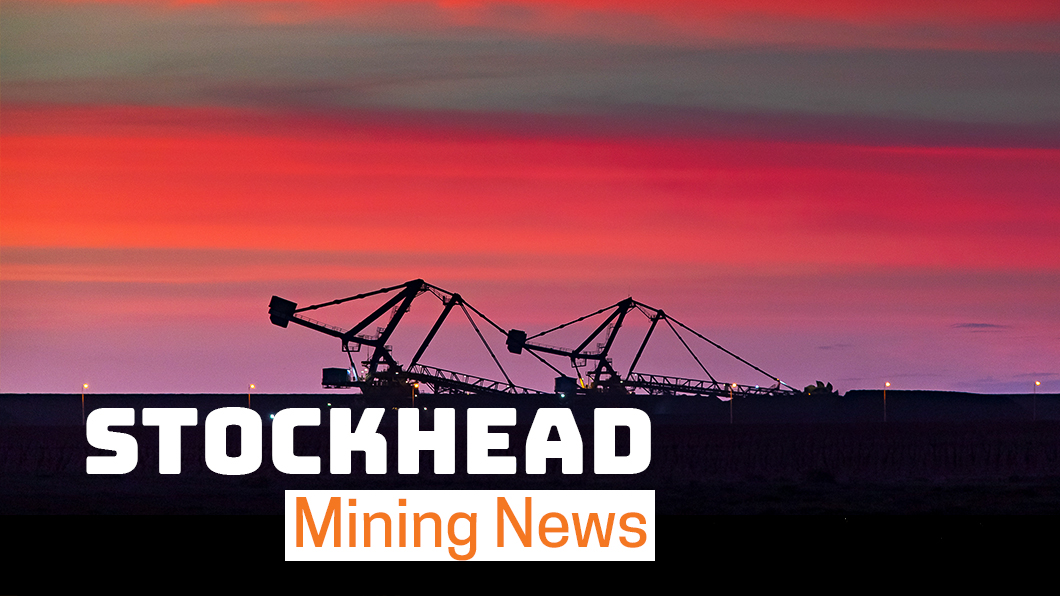What’s next as Highfield charges ahead on Spanish potash play

Pic: Bloomberg Creative / Bloomberg Creative Photos via Getty Images
Investors who are movie fans might see a curious parallel between potash hopeful Highfield Resources and Ferdinand — the latest film version of the 1930s children’s story about a Spanish bull who’d rather smell flowers than fight.
Australian-based Highfield, like Ferdinand the bull, is particularly interested in a paddock near the Spanish bullfighting capital of Pamplona.
And like Ferdinand’s early life, Highfield (ASX:HFR) has been spending a lot of time sniffing flowers, or to be more accurate, engaged in the seemingly never-ending process of dealing with the many layers of Spanish government – which is probably not as pleasant as sniffing flowers.
The government experience, which requires Highfield to win multiple environmental and planning approvals, appears to be reaching a climax, albeit about three years later than was originally expected.
In hindsight, Highfield and its high-powered board, aimed too high and failed to allow for the complexity of government in Europe, especially Spain where mining has deep roots but a poor reputation after multiple environmental incidents.
What seems to be changing is that Highfield management has adopted Ferdinand’s “manana” approach to problem solving; code for let’s not rush there’s always tomorrow and the flowers are so inviting.
https://www.youtube.com/watch?v=HBXVM7oUPVk
By not trying to rush approvals, which is what might have happened in the past, the future could finally be arriving in the form of a shallow and low-cost producer of potash, a valuable fertiliser, in the heart of Europe.
No-one at Highfield is claiming that the approvals process is complete or that sod-turning time is close at the most highly-rated of the company’s potash deposits, Muga, located 50km south-east of Pamplona in northern Spain, and 220km from the port of Bilbao which offers access to a range of potash-hungry markets.
Recent hints that Muga has moved closer to starting construction include last week’s update of the projects mineral resource which confirmed an orebody containing 267 million tonnes of material grading 12.4% of potassium oxide, or potash, which boosts crop yields and cuts water consumption, followed this week with a costs update.
Background
Highfield’s plans to develop Muga were germinated in the Melbourne-based investment fund EMR Capital which is headed by former Oxiana Minerals boss.
As well as being the company’s cornerstone investor EMR remains the biggest single shareholder with a number of directors and staff having connections to Oxiana days, including Hegarty and Brian Jamieson.
Highfield’s chairman, Derek Carter, is a former chief geologist for Royal Dutch Shell in Spain, but perhaps best-known as the former managing director of ASX-listed Minotaur Resources.
It is the quality of the management team as well as the quality of the Muga resource and the potential development of other potash deposits in Spain, which attracted investors to Highfield as far back as 2014 just as the stock started an upward run from 52c to an all-time peak of $1.98 in May 2015.
Since then, as the excitement has died down and the weight of Spain’s resource approvals process has weighed on the stock the share price has slipped back.
On the way down the number of stockbrokers and investment banks following Highfield has dropped away.
Some of the past investment tips look off-kilter today. Blue Ocean Equities puts a buy on Highfield in February 2017 — when the stock was $1.20 — for a target of $3.10 and a strategic target $6.50. Wow!
Blue Ocean’s view was that it’s “time to revisit this compelling Spanish potash developer” — which is not that different to the latest report on the stock, from RBC Capital Markets, seven months ago which noted the Muga project was “inching ever closer”.
At some point, barring a catastrophe, Highfield will develop Muga. The premature excitement of the early years will be forgotten and the company will be able to invest in developing a mine producing 500,000 tonnes of potash in the early years, rising to a target of 1 million tonnes a year in a second phase.
Project update
This week’s project update put a fresh capital cost estimate of €342 million ($556 million) on the first phase and €199 million on the second phase.
When in full production the project is expected to generate an annual pre-tax (and other charges) profit of €300 million over a 27-year mine life with a 27% internal rate of return.
RBC said after the release of the latest financial estimates that an increase in the capital cost from an earlier €270 million was “not altogether unexpected”.
“We expect investors to remain solely focussed on the eventual resolution/completion of the key permitting parameters,” RBC said.
“We continue to believe that permitting will eventually be granted, although the time frame remains uncertain.”
In its comments earlier this year, RBC acknowledged the frustration for investors caused by the slow-moving approvals process which, in hindsight, should have been expected in a region which struggles to do anything in a hurry – as shown in Ferdinand’s flowery approach to life.
“Clearly the permitting process has disappointed investors,” RBC said. “While we may argue that this situation has arisen on the back of the ambitious expectation of prior management, the incumbents nonetheless have to deal with the legacy surrounding this issue.”
Getting Muga to the starting line has been tortuous, but it is possible that the end is in sight.
Highfield said last month in its half-year financial report that a project finance syndicate was being kept up to date on developments and the company: “remains confident of putting in place its debt and equity financing following receipt of approvals to support a final investment decision and commencement of construction.,”
Years late is better than never, but it might have been quicker if the company had worked a little slower – like the locals.
UNLOCK INSIGHTS
Discover the untold stories of emerging ASX stocks.
Daily news and expert analysis, it's free to subscribe.
By proceeding, you confirm you understand that we handle personal information in accordance with our Privacy Policy.








